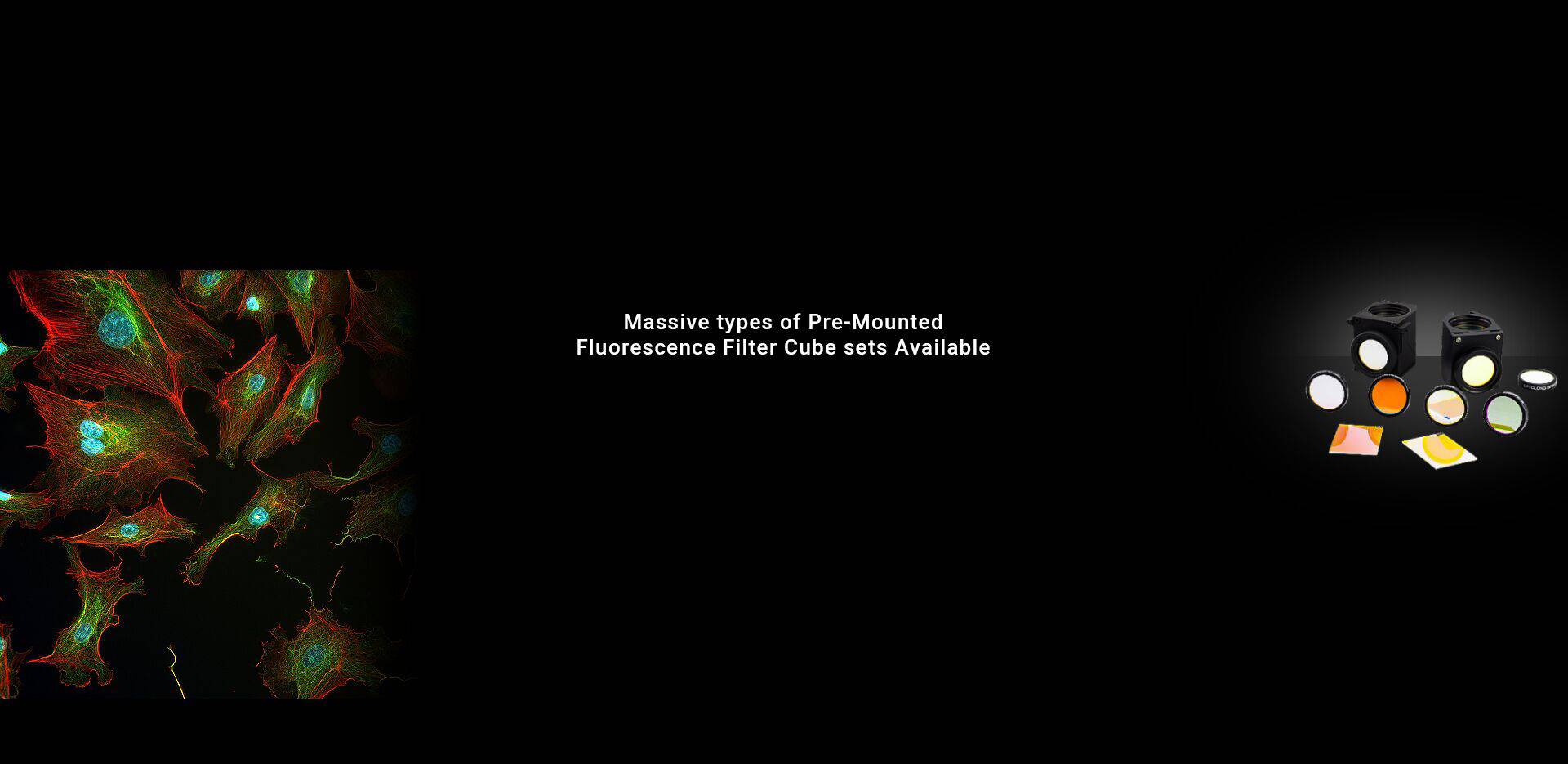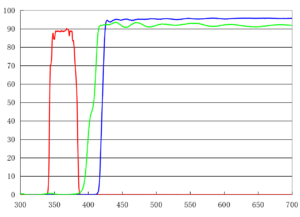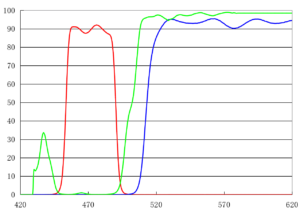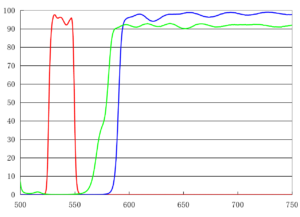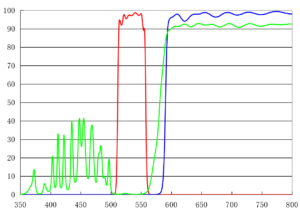-
31001 UV Longpass Filter Set LP-DAPI
Part Number:31001 LP-DAPI
Fluorophore Displayed: Alexa Fluor® 350, Alexa Fluor® 405, DAPI
…
More Detail -
31003 Longpass Filter Set LP-FITC
Part Number: 31003 LP-FITC
Fluorophore Displayed: Acridine Orange + DNA and RNA,Auramine-rhodamine
,JC-1 non-ratiometric …
More Detail -
31004 Optical Longpass Filter Set LP-TRITC
Part Number: 31004 LP-TRITC
Fluorophore Displayed: TRITC, R-phycoerythrin …
More Detail -
31005 Longpass Filter Set LP-Texas Red
Part Number: 31005 LP-Texas Red
Fluorophore Displayed:FusionRed,mPlum,TurboFP650 …
More Detail
Frequently asked questions
-
Optolong offers a variety of single-band filter sets including DAPI, FITC, TRITC, and other various filter sets.
Each set is tailored to specific imaging requirements and fluorophores, ensuring high-quality fluorescence imaging in a variety of applications. -
TRITC filter sets are mainly composed of exciters, emitters, and dichroic mirrors. Their wavelengths and specifications are specially designed for fluorescence microscopy imaging applications.
-
Choosing a Texas Red filter set offers the following advantages:
Specific Wavelength Isolation: Texas Red filters are designed to isolate specific emission wavelengths of Texas Red dye, a fluorophore commonly used in fluorescence microscopy.
High Contrast Imaging: These filters enhance contrast by effectively blocking unwanted wavelengths for clearer, more precise imaging.
Compatibility: Texas Red filter sets are compatible with a variety of fluorescence microscopes and imaging systems, making them suitable for a variety of research needs. -
When maintaining a Single Bandpass Filter Set, we should pay attention to the following points:
Handling: Always handle filters with clean, gloved hands to prevent fingerprints and smudges.
Cleaning: Use an appropriate optical cleaning solution and a soft, lint-free cloth. Avoid harsh chemicals and rough materials.
Storage: Band pass filter sets should be stored in a dry, dust-free environment. A protective case is recommended to prevent scratches and damage.
Avoid physical pressure: Do not put pressure or pressure on filters as they may be fragile.
Replace damaged filters: If you notice any damage or degradation to your filters, such as scratches or cracks, consider replacing them to maintain optimal imaging quality. -
No, with proper maintenance and use under optimal conditions, these high-quality fluorescence filter sets can last from several years to a decade or more, although of course the more frequently and intensively a filter set is used, the rate at which its performance degrades.
